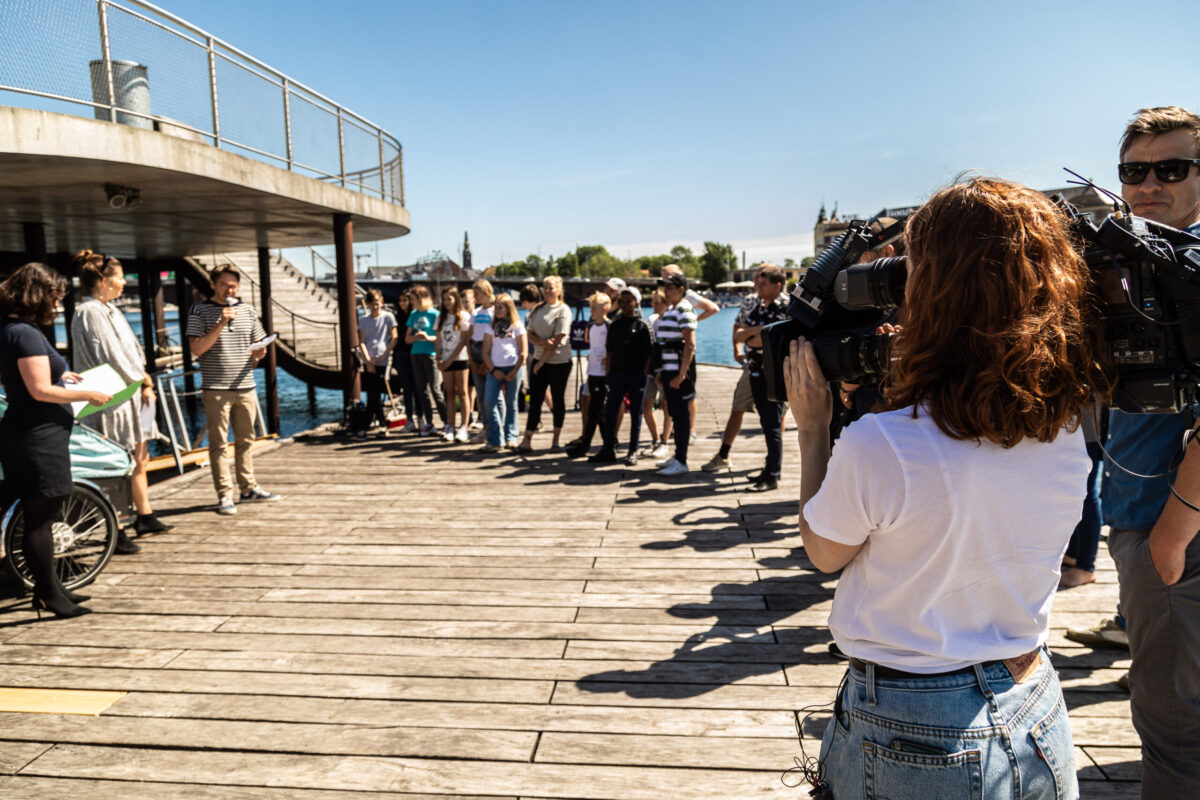Lesson 7: Fundraising for Regenerative Ocean Farming
Introduction
Starting a regenerative ocean farm is an act of courage — and often, an act of financial creativity. Even small farms require investment: for permits, ropes, buoys, equipment, and safety testing. For many new farmers, the challenge isn’t just learning how to grow seaweed or mussels — it’s figuring out how to fund the dream.
One increasingly popular way to do this is through crowdfunding, where many people contribute small amounts to help launch a project. But crowdfunding is just one piece of the picture. Successful regenerative farmers often combine community-based funding with grants, partnerships, and innovative financing models.

Why Crowdfunding?
Crowdfunding is powerful because it connects your story directly with people who care. Instead of appealing to distant investors, you engage individuals who believe in the value of regenerative ocean farming — cleaner water, restored habitats, and sustainable food.
A crowdfunding campaign is also a community-building tool. It allows you to raise funds while growing awareness, recruiting volunteers, and strengthening local pride in your coastal waters. When people support your farm financially, they often become its ambassadors, spreading the message of regeneration far beyond your immediate circle.
Getting Started: Shaping Your Story
Every successful campaign starts with a clear message. Before you launch, ask yourself:
- Why should people support me and my project?
- What benefits — environmental, economic, or social — does my farm create?
- Who is my audience, and what motivates them to act?
Be transparent about your goals and how you’ll use the funds. Supporters are more likely to invest when they see a specific need: a new line of seaweed, a monitoring buoy, or a small processing shed. Keep your tone personal, hopeful, and grounded in real outcomes.
Choosing a Platform
Different crowdfunding platforms suit different needs. Some, like Kickstarter or Indiegogo, are great for product-driven projects. Others, like Goteo, Ulule, or WhyDonate, are better suited to community and sustainability campaigns.
Always read the fine print — especially around commission fees and “all-or-nothing” rules, which mean funds are returned if you don’t reach your target.
Crafting Your Campaign
Your campaign page is your story space. Use simple language and vivid images to show what your project is about. A short video can make a big difference, helping potential supporters connect with your mission.
Offer rewards that feel personal and achievable. Small rewards might include thank-you notes or online updates, while larger contributions could earn a farm visit, a nameplate on a line of mussels, or a share of your first harvest. Rewards should celebrate your farm’s values — local, natural, transparent — and never create extra stress or expense.
Building and Engaging Your Community
Crowdfunding works best when you already have a network to build from. Before launching, start talking about your project: post on social media, host small events, involve your community, and reach out to local groups.
Once the campaign is live, keep it dynamic. Share progress, celebrate milestones, and be honest about challenges. People love to see the human side of your journey — the early morning harvests, the excitement of your first ropes in the water, or even the setbacks that make success meaningful.
After the campaign, keep your supporters close. They can become future customers, volunteers, and champions of your mission.

Beyond Crowdfunding: Other Funding Sources for Regenerative Farmers
Crowdfunding can provide the spark that gets a project started, but it rarely covers everything. Most regenerative farmers build their financial model on several pillars:
1. Grants and Public Funding
Many national and regional programmes support sustainable aquaculture, innovation, and coastal restoration. These can include:
- EU and international programmes (like EMFAF, LIFE, or Horizon Europe) supporting blue economy initiatives.
- Local and national grants for environmental innovation, circular economy, or sustainable food systems.
- Municipal partnerships, where local governments provide funding, access to water areas, or infrastructure in return for ecological and social benefits.
Contact environmental NGOs, research institutions, or your national Cool Blue facilitator — they often know which funding calls are active and can help with applications.
2. Cooperative and Community Investment
When several farmers, citizens, or local businesses share the same goal, they can pool resources. Cooperative ownership or community shares help spread costs and build shared responsibility. Some regions also have ethical investment funds or community bonds for social and environmental projects. A coastal cooperative could for instance raise funds from residents who each buy a small stake in a local seaweed farm — gaining both pride and a modest return as the farm grows.
3. Partnerships with Businesses and Institutions
Many companies and organisations are looking to support ocean-positive initiatives as part of their sustainability strategies. A restaurant might pre-purchase your future harvest. A university could provide research grants or equipment in exchange for data. NGOs might help fund pilot projects that demonstrate ecosystem benefits. A regenerative oyster farm could for instance partner with a local spa to supply shells and seaweed for wellness products, partially funding expansion through the collaboration.
4. Impact Investors and Blue Finance
Impact investors focus on projects that deliver both financial returns and measurable environmental or social benefits. The emerging field of blue finance targets sustainable ocean initiatives — from seaweed farming to habitat restoration. While these investors usually expect professionalism and clear business plans, they can be valuable partners for scaling up regenerative aquaculture.
5. Blended Models
The most resilient farms use a blend of funding mechanisms: small grants for innovation, community support for infrastructure, partnerships for services, and product sales for long-term income. The key is balance — and keeping regeneration at the core of your financial story.
Maintaining Momentum and Accountability
Whether your funding comes from a community campaign, a grant, or a partnership, the same principle applies: be transparent. Keep your supporters informed about how their money is used and what impact it creates. Share photos, milestones, and lessons learned. Transparency builds credibility, and credibility builds trust — the most valuable currency in any regenerative enterprise.
Reflection
Which funding approach feels right for you? Could you combine several — a small crowdfunding campaign to launch, followed by a grant or cooperative investment for growth? Who in your community or professional network might be interested in supporting your vision, financially or otherwise?
Key Takeaways
Fundraising for regenerative ocean farming is about more than money — it’s about building alliances and trust. Crowdfunding can launch your idea, but long-term success often comes from a mix of funding sources: public programmes, partnerships, cooperatives, and impact investors. The most regenerative funding models mirror the ecosystems they support — diverse, resilient, and interconnected.
